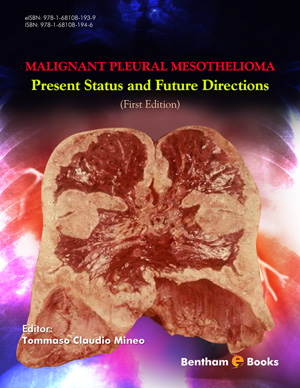Abstract
The earliest documented staging system for malignant pleural mesothelioma was proposed by Dr. Eric Butchart in 1976, who defined four stages of disease using clinical and pathological data from 29 patients who underwent extrapleural pneumonectomy. In the 1990s, Dr. David Sugarbaker from Brigham and Women’s Hospital proposed a new ‘functional’ staging system that aimed to predict resectability and extended survival, with particular attention given to nodal involvement. Not long after, a separate staging system was proposed by the International Mesothelioma Interest Group, led by Dr.Valerie Rusch from the Memorial Sloan-Kettering Cancer Center. For the first time, a collaborative effort was made to define T and N descriptors according to anatomic definitions consistent with the traditional TNM staging system. More recently, the International Association for the Study of Lung Cancer Staging Committee developed an international database to revise the TNM staging system. The implications of staging criteria on clinical research are discussed, and a brief summary of existing international Guidelines is presented.
Keywords: Extrapleural pneumonectomy, guidelines, pleurectomy/decortication, staging, systematic review.






















